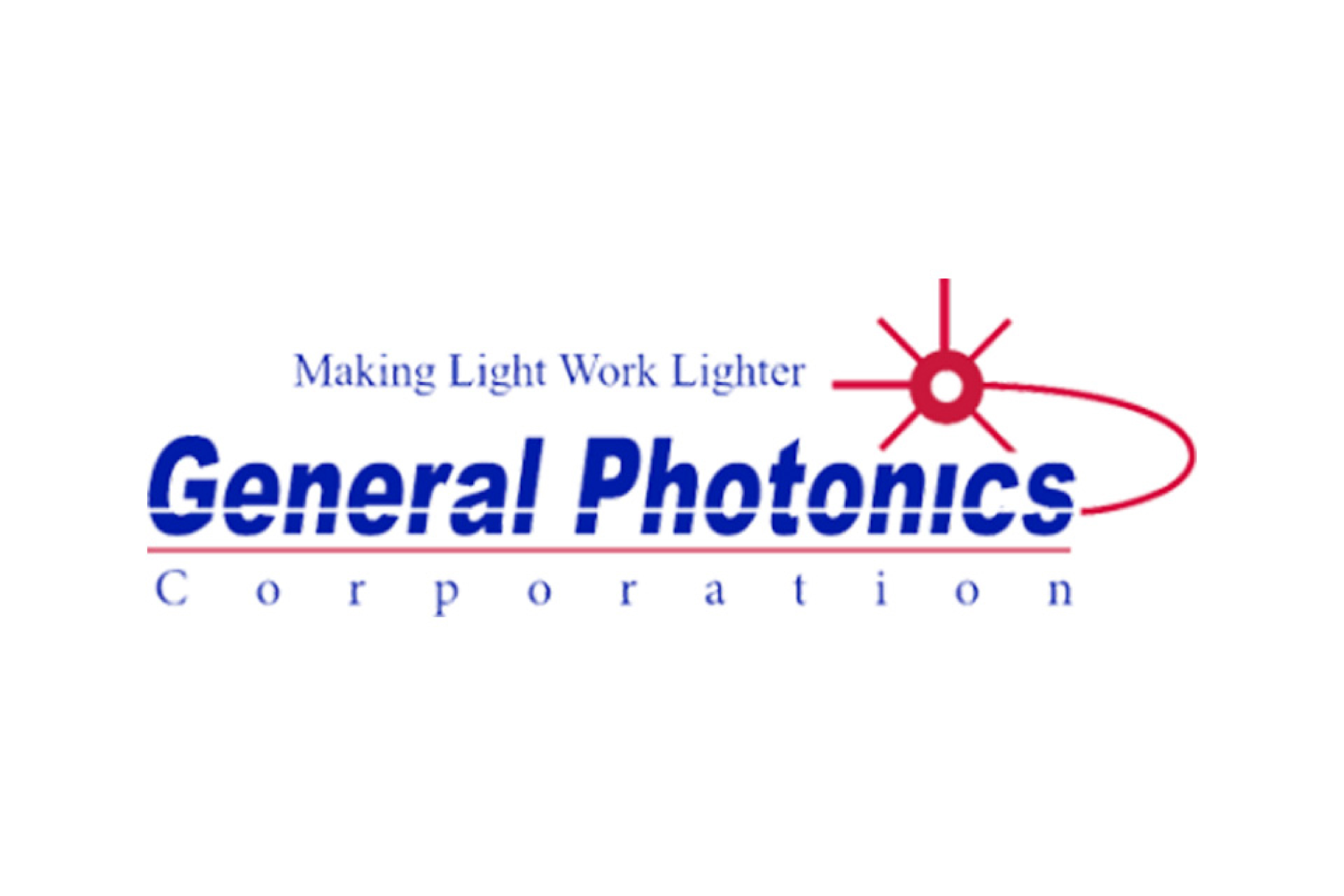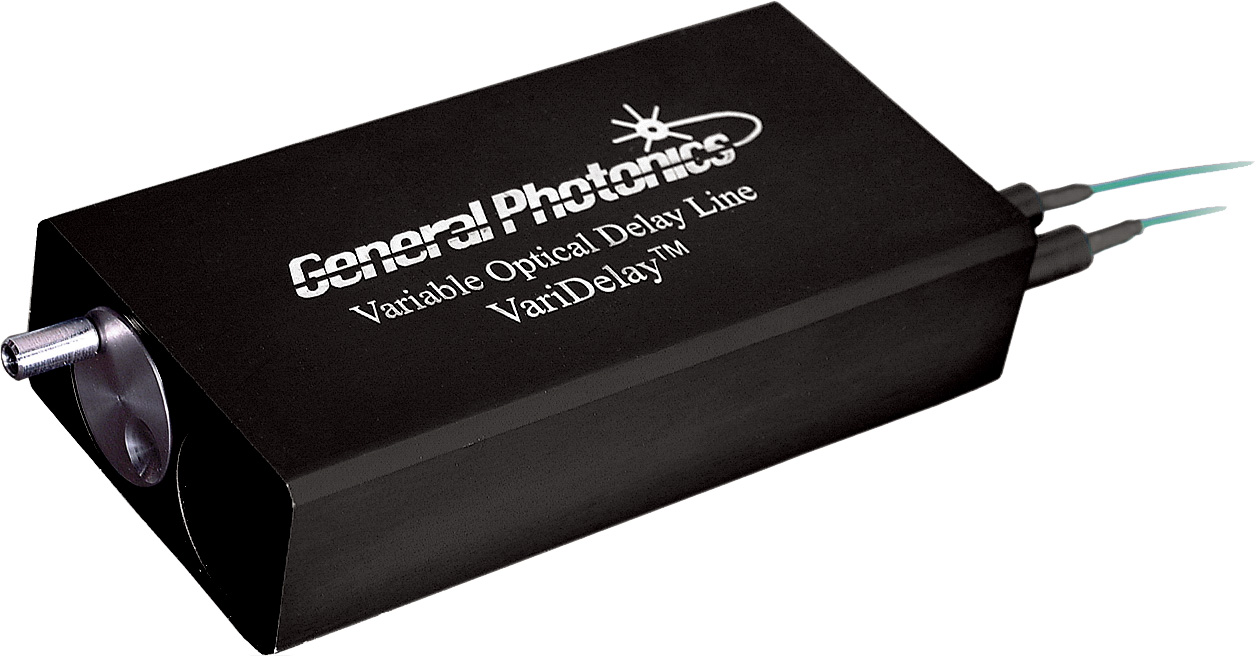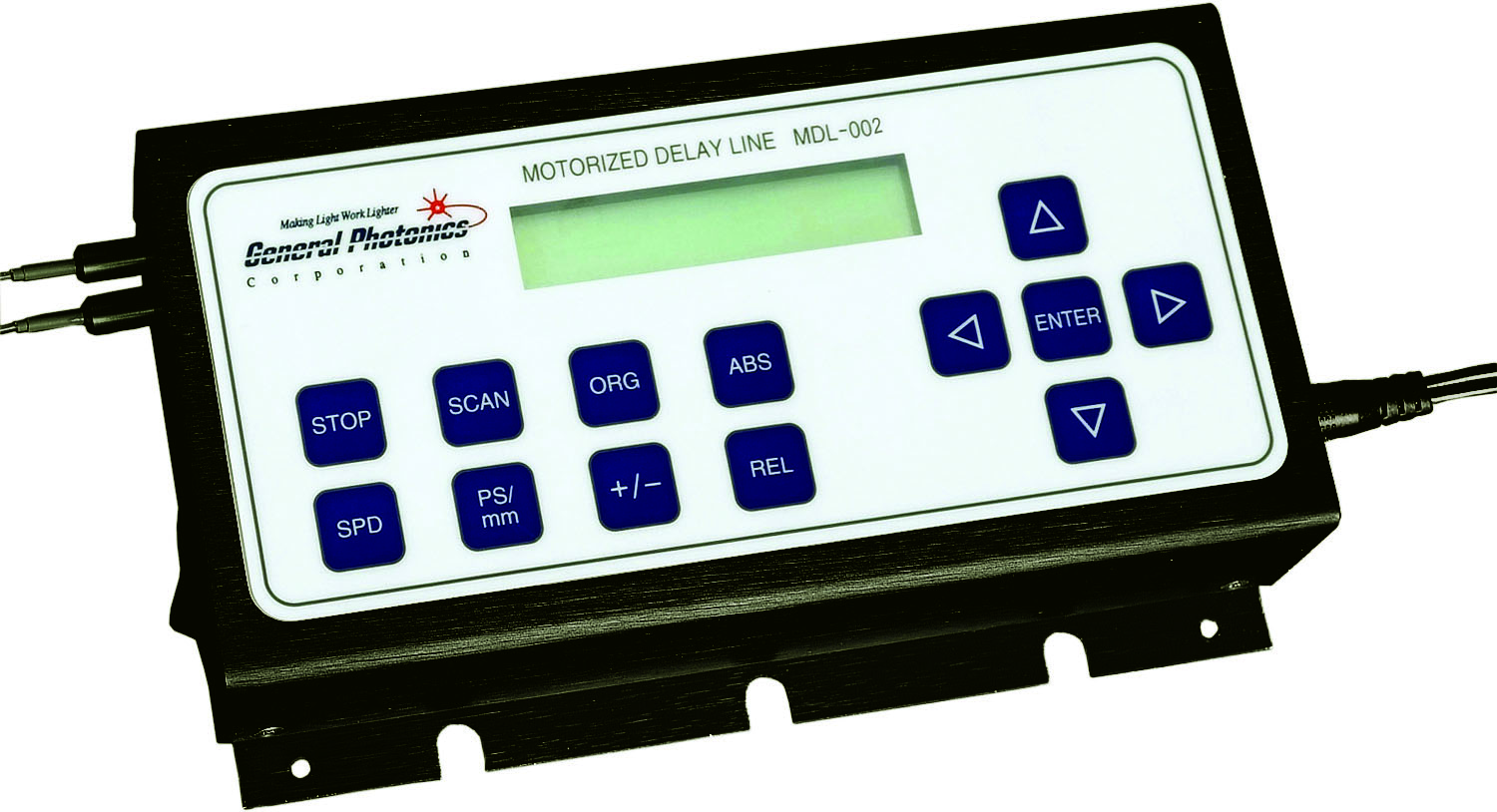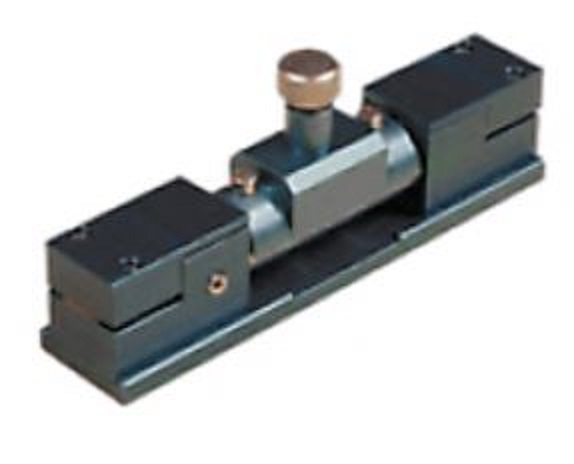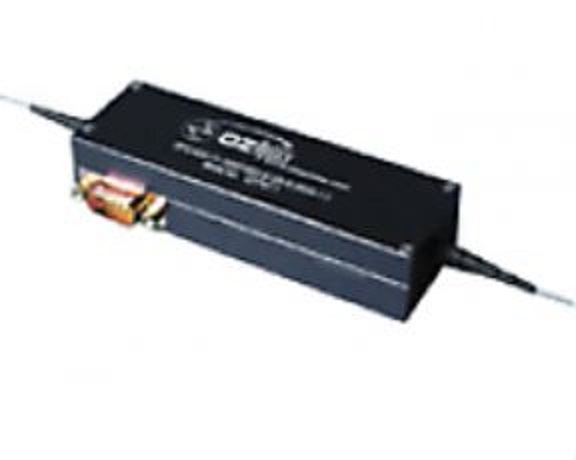Product information "VDL-001 Fiber Optic Delay Line"
840-1650 nm; Delay Range 0-1,200 ps; RL 50 dB; Fiber Type SMF-28, HI780, HI1060, PM Panda; IL 1.0, 1.5 dB; PDL 0.1 dB
The General Photonics VDL-001 module is a manually controlled variable fiber optic optical delay line. Multiple versions are available with path length of up to 1,200 ps. A low insertion loss and low variation of insertion loss is critical for most applications, and the VDL-001 has less than ±1 dB variation even up to 1,200 ps.
The delay line is packaged in a small aluminum box to prevent dust or noxious vapors from contaminating the optical path. The compact, rugged design makes the VDL-001 device ideal for integration in network equipment, test instruments, and optical coherence tomography (OCT) systems for precision optical path length or timing alignment.
Key Features:
- Highest Delay-to-Length Ratio
- Optical Delay: Up to 1,200 ps
- Insertion Loss (IL): 1.0, 1.5 dB Typical
- Low Insertion Loss Variation: ±0.3, ±0.5, ±0.7 dB
- Operating Wavelengths: 840, 1060, 1310, 1550, 1260 to 1650 nm
- Optical Delay Range: 0 to 330, 0 to 600, 0 to 1200 ps
- Readout Scale Resolution: 0.05 mm
- Polarization Dependent Loss (PDL): 0.1 dB (SM Model)
- Return Loss (RL): 50 dB
- Extinction Ratio: >18 dB (PM Model)
- Optical Power Damage Threshold: 300 mW
- Fiber Type: SMF-28, HI780, HI1060, PM Panda
- Dimensions: 25.5 x 53 x 107/152 mm
Applications: Optical Coherence Tomography (OCT) Systems; Passive Time Division Multiplexing (TDM); TDM Bit Alignment; Fiber Interferometers
